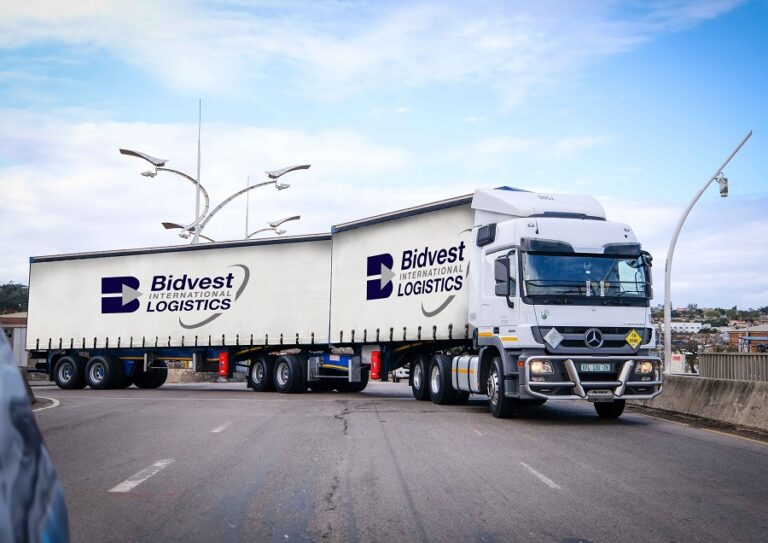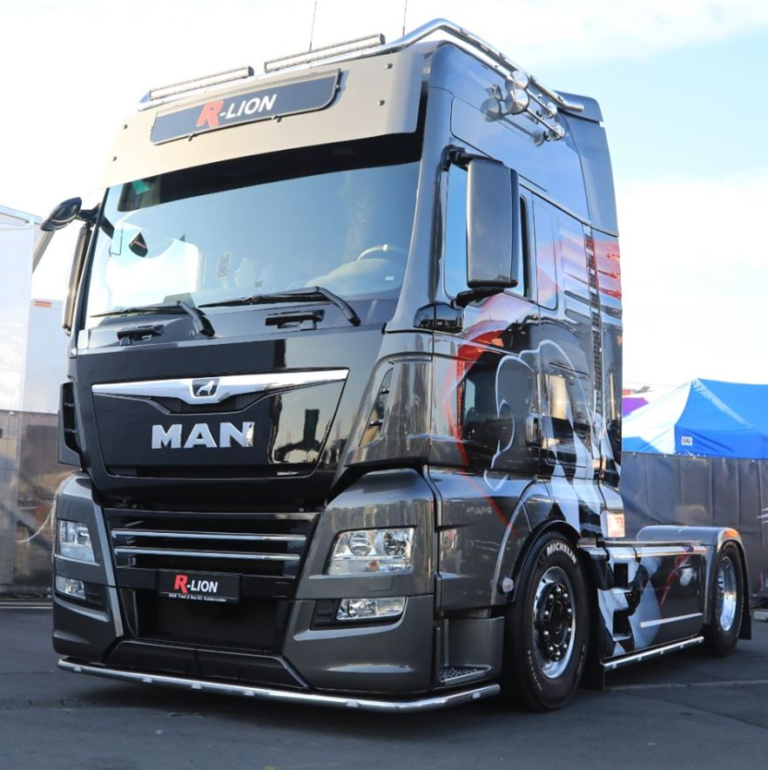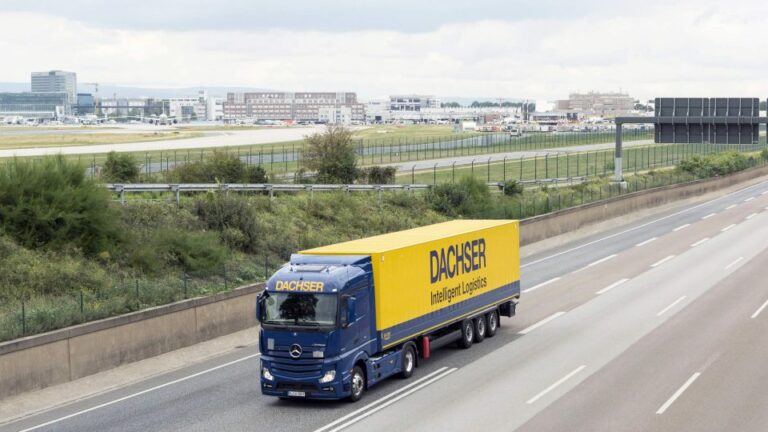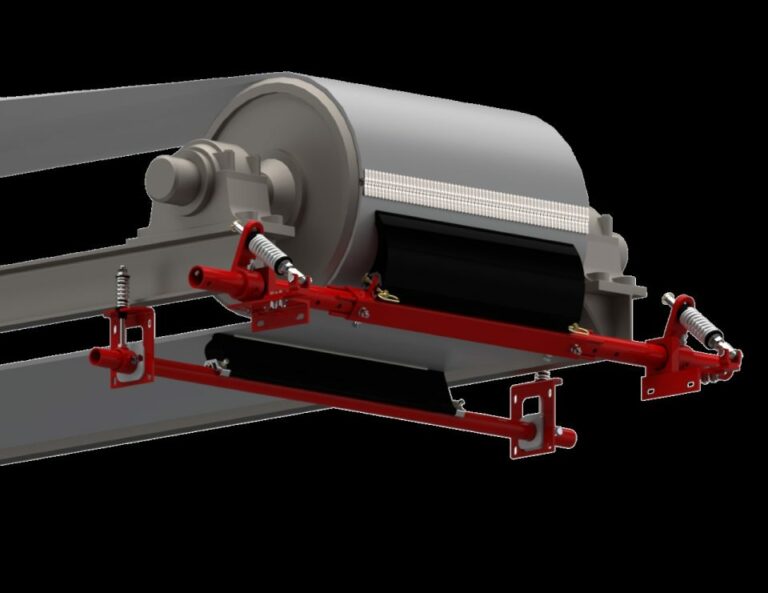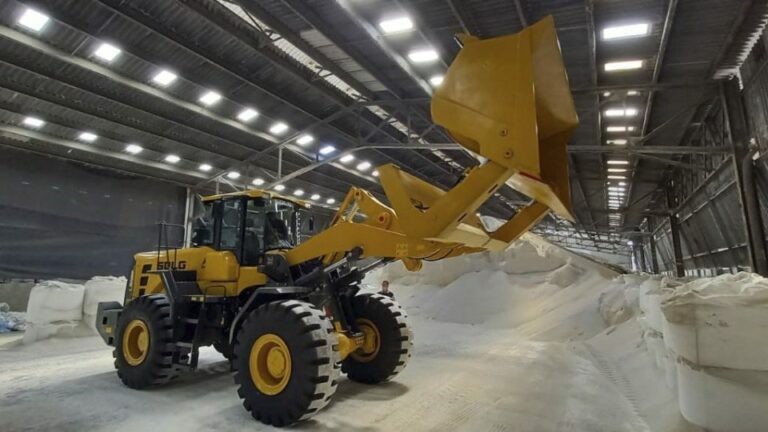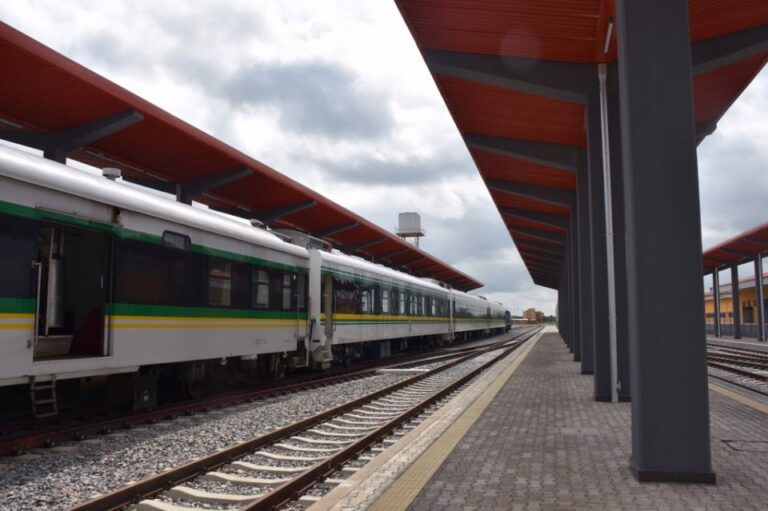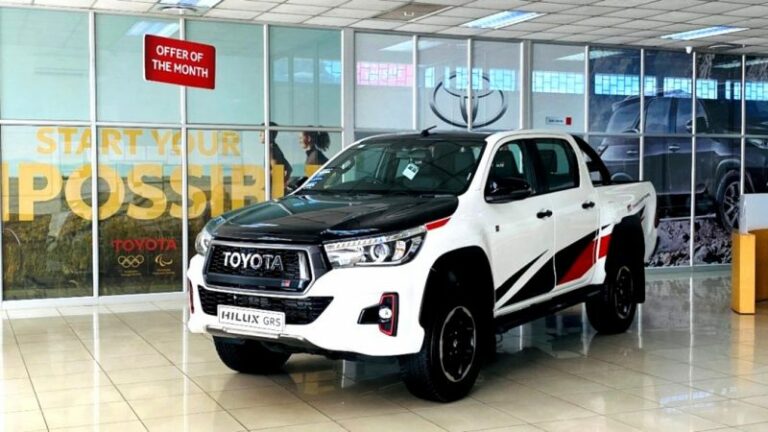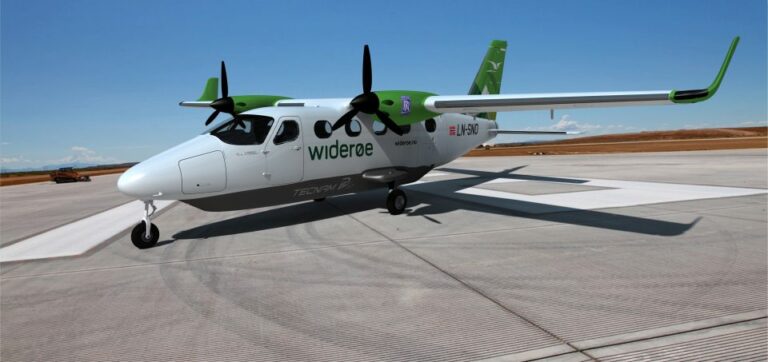The new Bidtrans Portal provides real-time collaboration and interaction between clients and their deliveries via an online platform.
In a recent story covered in FleetWatch, we reported on Marcus Ellappan, director of road freight for Bidvest International Logistics (BIL), saying that the company has plans in place for an adjusted road-freight service offering which he believes will enable BIL’s road-freight division to offer faster and stronger supply-chain support in the wake of the COVID-19 pandemic. We promised to follow up on this and here we go…
The news is that BIL has now launched a new road-freight portal that will allow clients to manage deliveries seamlessly from start to end which, according to Ellappan, “takes away the pain of having to procure transport service providers and still manage them.”
The Bidtrans Portal provides real-time collaboration and interaction between clients and their deliveries – via an online platform – streamlining compliance matters, service deliveries, tracking, transport proof of deliveries (PODs) and invoicing. This will free up clients to spend more time running their businesses rather than managing the movement of their products.
The move online for freight-forwarding hasn’t been entirely without its hitches. This is evidenced via a report released last year by Deloitte’s transport practice in Germany which showed that global freight-forwarding companies involved in digitisation have run up against industry-specific obstacles
These include platform owners’ neglect to offer a customised service depending on the shippers’ specific requirements, a more consolidated way of invoicing, pricing that’s fixed, and guaranteed loading capacity. Other issues referred to in the report include ensuring a service that’s unquestionably reliable and robust; the need to involve several parties in the movement of the shipment; the temptation to expect immediate financial returns from investment in a platform; a conventional way of thinking; and the scarcity of capabilities to simultaneously explore and exploit, coupled with freight-forwarders’ digital talents.

“We’re not for one second questioning the validity of digitisation in freight-forwarding. It’s inevitable and makes business sense, especially in South Africa with the ground-transport issues the industry faces,” says Ellappan. “But we’re aware of the unspoken realities that industry incumbents or start-ups are facing as they’ve tried to establish digital platforms. Often players are swayed by the hype without understanding what the real challenges are, and then not being in a proven, credible position to effectively address them. There’s nothing worse than raising expectations and not delivering.”
The Bidtrans Portal will allow the company to source loading capacity seamlessly and meet client demand throughout the year. This in turn will allow BIL to offer an automated booking space service through the portal. Phase 1 of the platform’s launch is aimed at contracted customers while phase 2 will be aimed at the broader business-to-consumer market which will be more of an ad-hoc tariff structure.
“As the Deloitte report suggests, robust and rigid reliability are critical in transportation so Bidtrans Portal’s simple, easy-to-navigate look and feel will integrate the BIL systems to effectively manage load collection, tracking, delivery, POD uploading and invoicing on time.”
That said, the portal will still be flexible in how it responds to client requests by conforming to agreed service-level agreements that may differ from one client to the next. Most important is that should clients still prefer to liaise with key personnel at BIL, they have the option to do so. Those people are available on a 24-hour basis. The portal will enhance the existing customer experience, specifically for those customers who want to enjoy an automated service offering.
“What many well-intended market disruptors sometimes forget is that the Uber model is based on people ‘loading’ themselves and the reality – and, in this case, our model – is based on a solid understanding of what it is to load a 20kg product or a 36-pallet shipment on the correct transport asset,” says Ellappan.
“We operate a multitude of warehouses, so we’re fully aware of the potential delays associated with loading and offloading points and therefore have incorporated a tracking module to proactively mitigate the risks surrounding a potential miss in on-time delivery in full.”
Addressing the issue of multiparty involvement with moving shipments, a driver will be briefed on new collection points and any special requirements but the process will remain basic and resilient: client – BIL – consignor – transit – consignee – POD – invoice.
“The market has to start eliminating the huge amount of manual administration involved with simply booking a load and we’re under no illusions about that,” says Ellappan. “The phone calls to various parties trying to secure space – or emailing a delivery instruction – can be a lengthy process when compared to the seamless nature of online ordering.”

The Bidtrans Portal will eventually launch an application for mobile use as well and one of the key features to combat a conventional way of working is Bidtrans’s escalations offering – loads not assigned will be escalated for management action in the company.
“As with any new product, users may take a while to warm to it because of an ingrained tendency to use what’s familiar and tested. However, we’re of the firm belief that once they experience the reduction in manual activities, the track-and-trace function, the ease of online ordering and equally important, its ability to uphold solid compliance management, people won’t want to go back to the manual way of working,” says Ellappan.
In essence, the company is providing a digitised platform that’s sustainable and makes a meaningful difference for its clients, without losing the all important personal contact and query resolution that has always been the cornerstone of the company’s success.
Bob Dylan sang it: “The times they are a’changing.”


